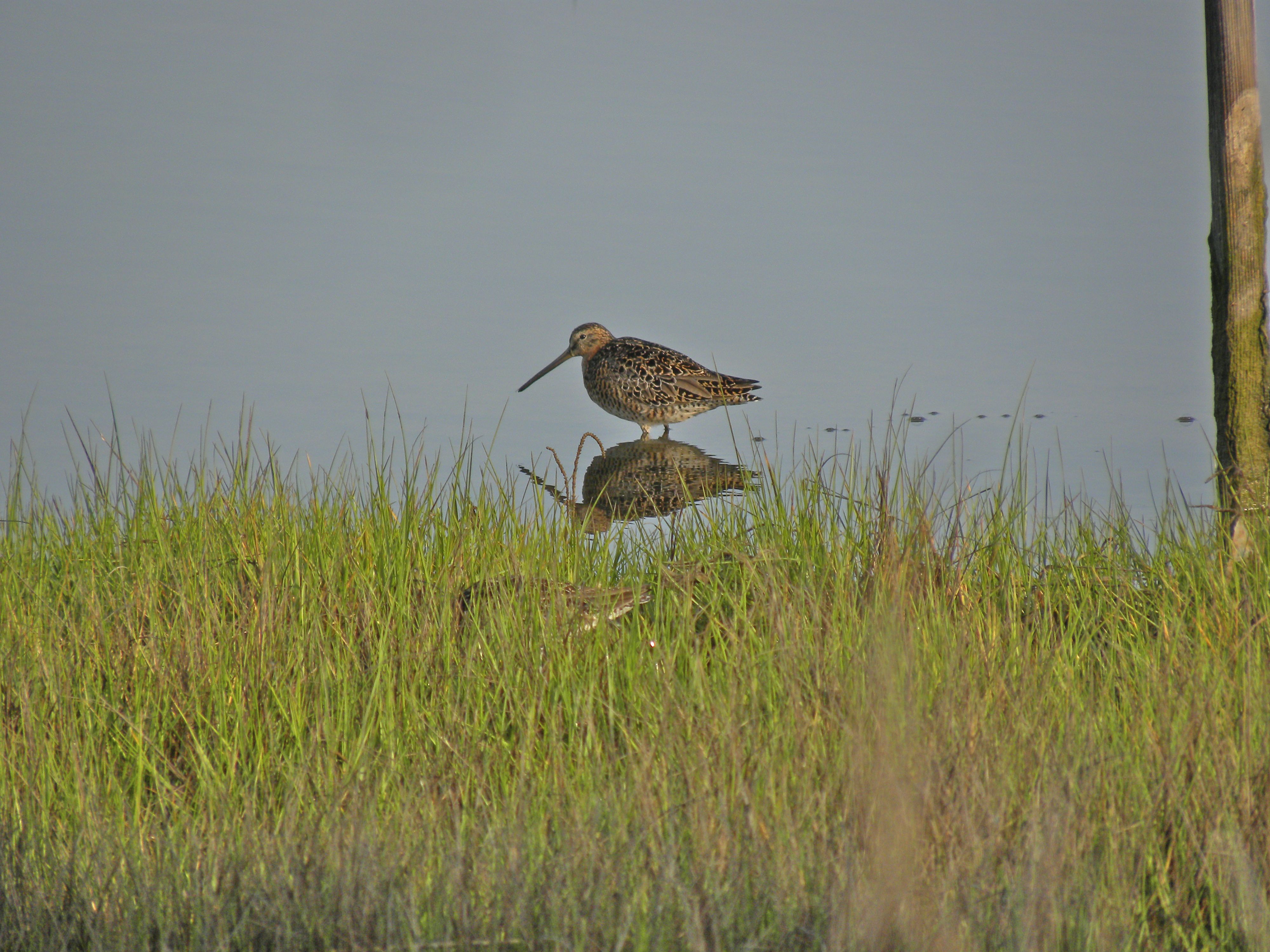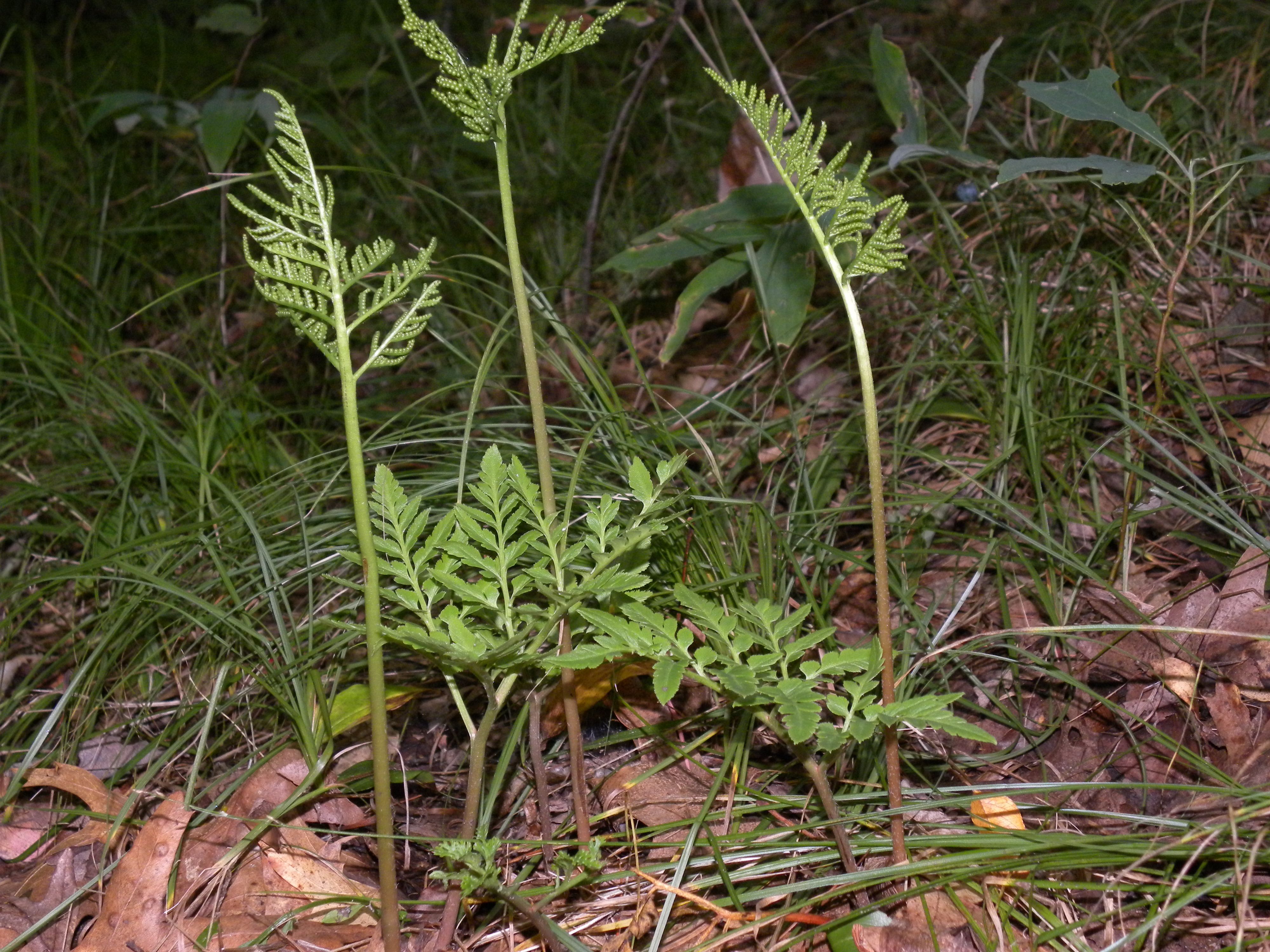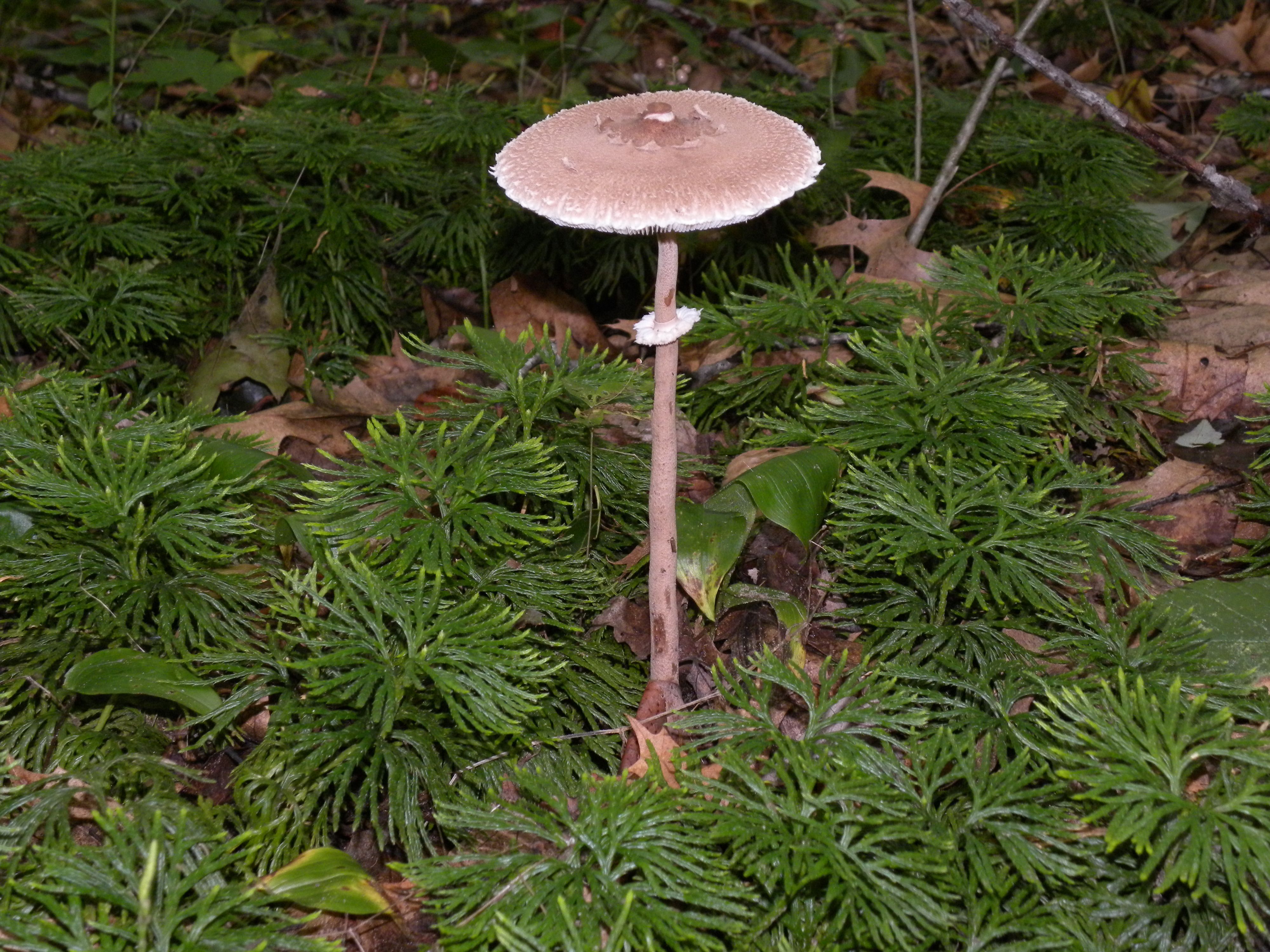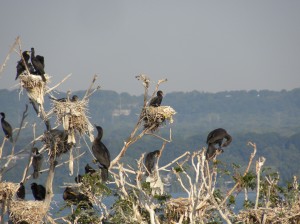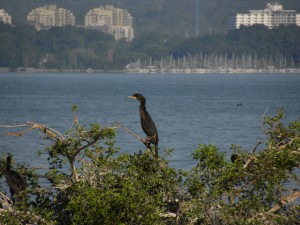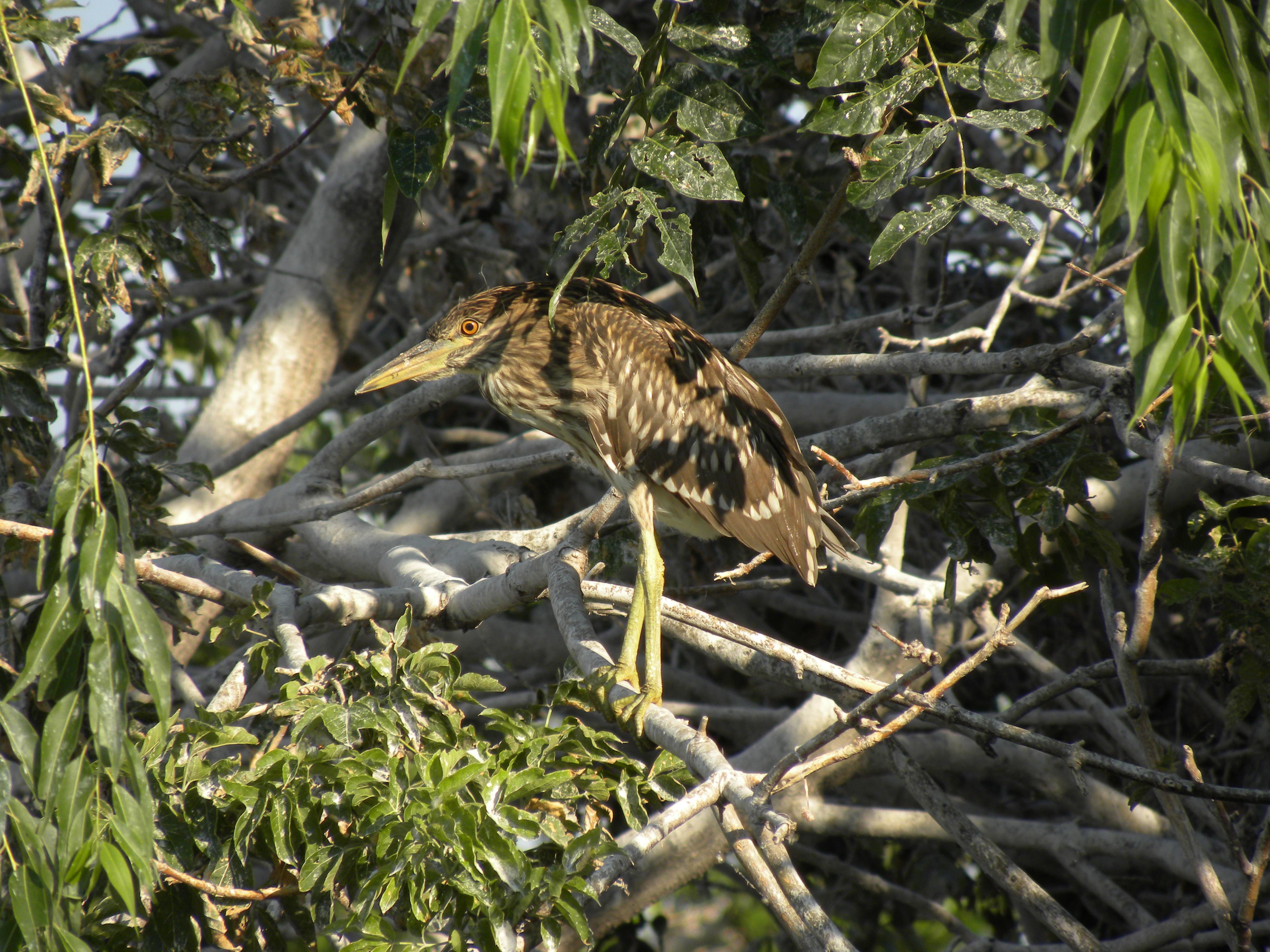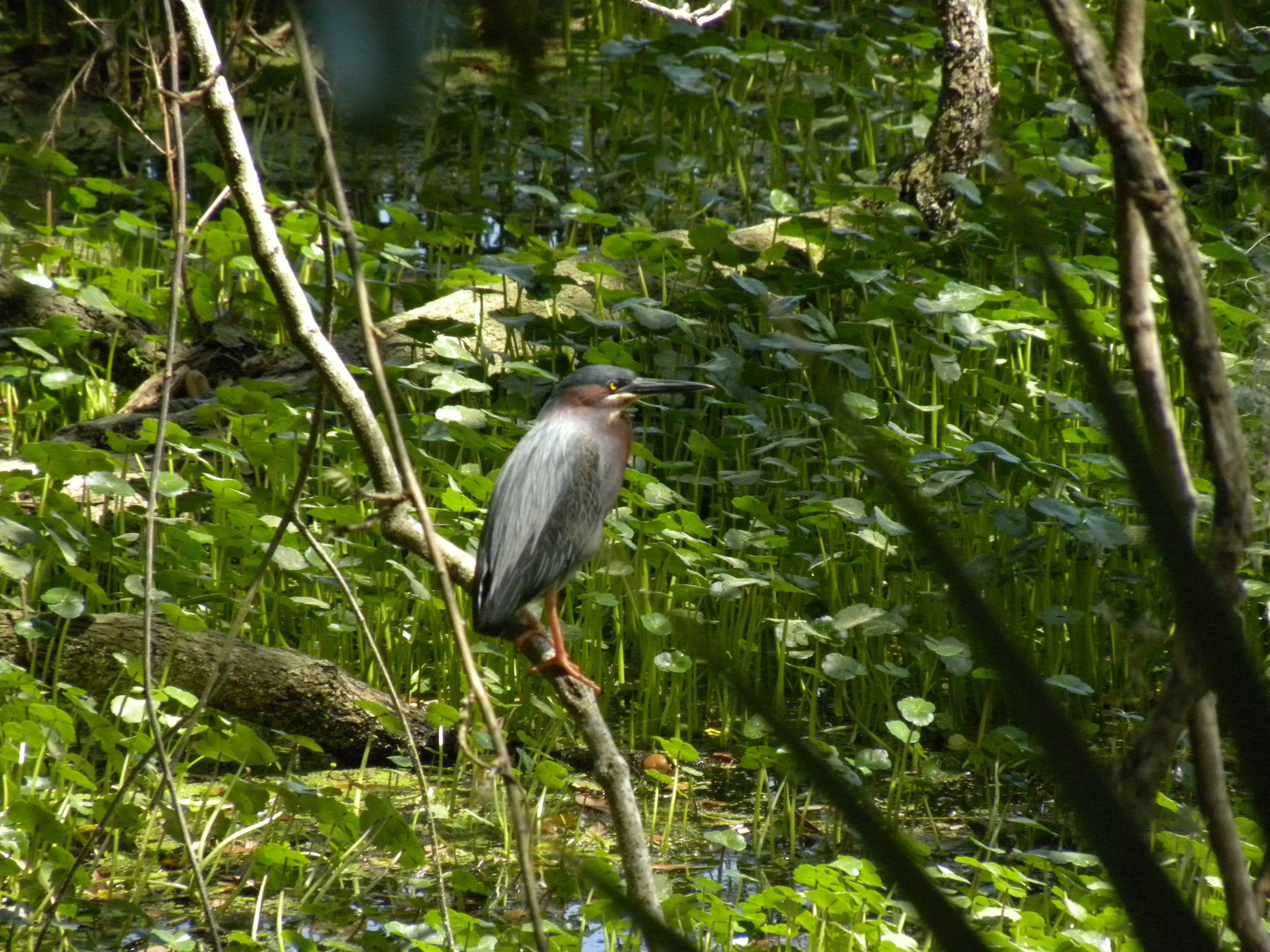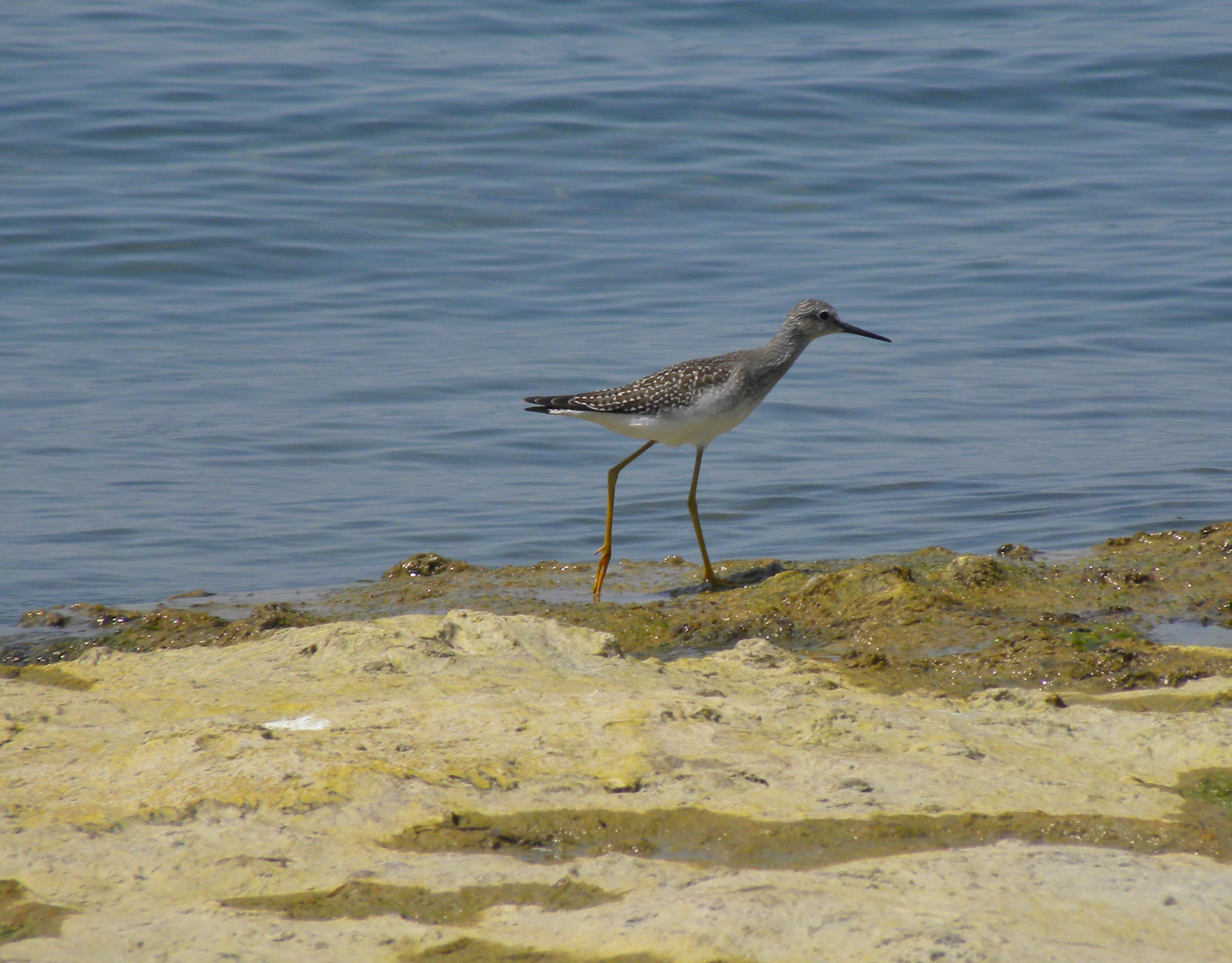August 14 2012. Hamilton ON. Cootes Paradise. A heavy blanket of rain swept over us in the middle of the day. Afterwards I happened to read a hotline report of an adult Bald Eagle seen nearby and thought I’d go and have a look. Well, I didn’t see the eagle, and that’s okay because there was plenty more to see, in fact my cramped field notebook was soon overflowing.
Arriving at the shore of a large muddy and shallow lake I heard the peevish “Chip chip chip chip” of an Osprey and looked up to see it patrolling closely along the shoreline. Hey! bird of the day I thought. But a little later as I stood on a large platform lookout, a Least Flycatcher popped up to see what I was doing there, it paused just long enough for me to satisfy myself that it was a Least and not a Willow or Alder or some other look-alike Flycatcher; nice I thought; maybe that’s really my bird of the day.
I walked on down to a boardwalk that leads out through a cattail marsh to a platform overlooking expansive mudflats. Maybe the mid-day rains had brought the birds down, but whatever the reason the mudflats were lively with interesting birds. Least Sandpipers filled in the gaps between legions of Lesser and Greater Yellowlegs, and one of the Greater Yellowlegs appeared to have lost a leg; posing the question I suppose of whether it was still appropriately named. Nevertheless it seemed to be quite able; if it were not it would have perished long ago.
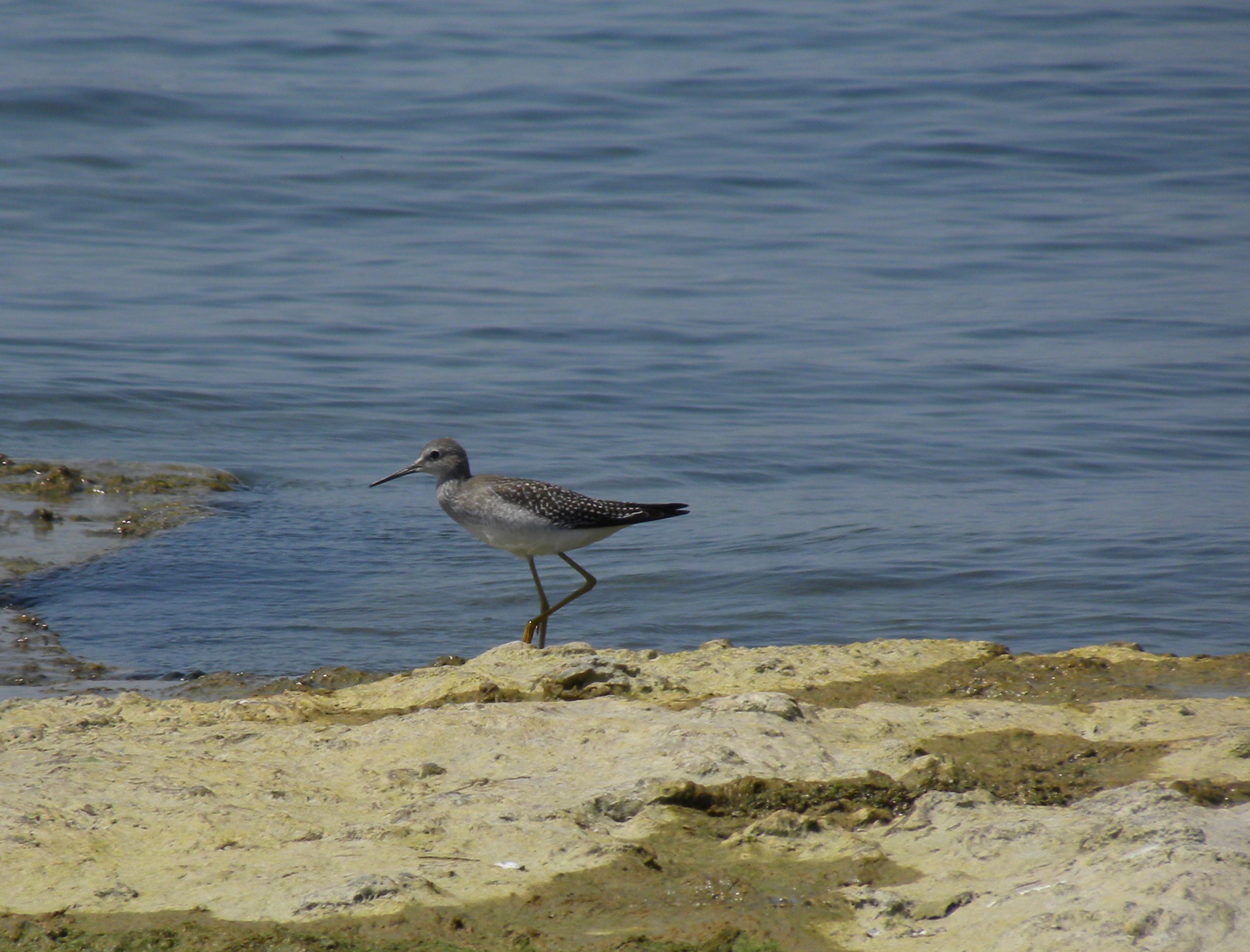
Herons were represented by 9 Great Egrets, a single Black–crowned Night Heron and a couple of Great Blue Herons. Lots of Mallards and just as many Green–winged Teal were shuffling around in the shallow silty margins. Its quite striking how small Green-winged Teal are, they’re perhaps two-thirds the size of Mallards, and bodywise the same size as a Greater Yellowlegs. They are also a very pretty duck, even now when they’re going through their late summer moult they have very warm chestnut speckling on their backs and breasts.
But best birds were a distant Short–billed Dowitcher (which really should have been examined through a telescope just in case it’s a Long-billed, but with the weight of probability on my side, I feel safe in my identification.) And quite close to me, my last and final candidate for Bird of the Day, a Black–bellied Plover. They’re quite unmistakable, in profile they have the classic sturdy look of most plovers, and Black-bellied Plovers could almost be described as thuggish looking except that they have innocent doe-like eyes that seem to render them harmless. This one was in the middle of its post breeding moult, its handsome black belly feathers were more or less all gone making it rather less handsome than usual, but still it was nicely speckled in black, grey and white.
This Short-billed Dowitcher was one of the many I photographed in May.
